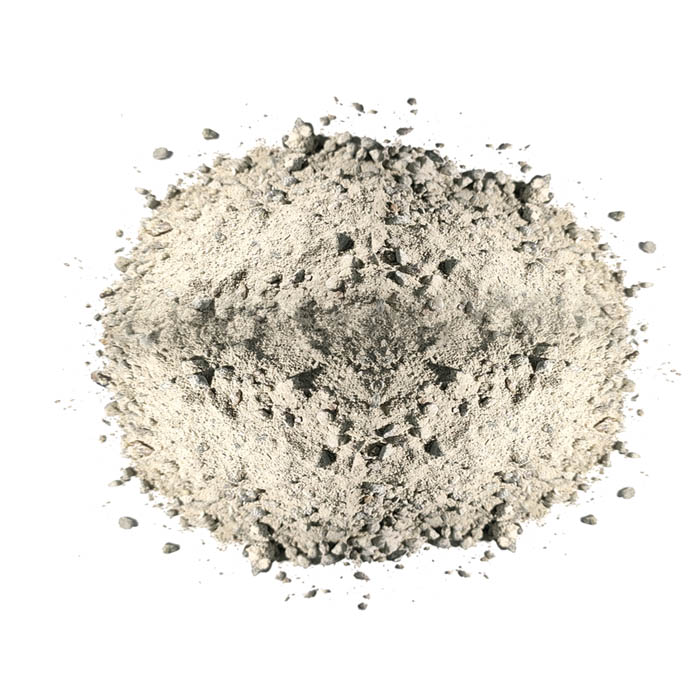Oct . 02, 2024 02:59 Back to list
Essential Components Required for Constructing a Brick Wall
Materials Needed for Building a Brick Wall
Building a brick wall is a rewarding project that combines aesthetics with functionality. Whether it's for a garden, a patio, or a structure, understanding the materials needed is essential for ensuring a sturdy and lasting outcome. Here, we outline the key materials and components required for constructing a brick wall.
1. Bricks
The primary material for any brick wall, of course, is the bricks themselves. Bricks come in various types, including clay, concrete, and fly ash. When selecting bricks, consider their size, shape, and color to achieve the desired appearance. Standard bricks typically measure about 7.5 inches long, 3.5 inches wide, and 2.25 inches tall, but there are many variations available. It’s advisable to purchase some extra bricks to account for breakage or design adjustments during construction.
2. Mortar
Mortar is crucial for joining the bricks together and providing structural integrity to the wall. A common mixture for brick mortar includes cement, sand, and water, often using a ratio of 13 for cement to sand. There are different types of mortar, such as Type N (general-purpose) and Type S (for load-bearing walls), which can be chosen based on the wall's specific requirements. It's essential to mix the mortar correctly to ensure it adheres well to the bricks and sets properly.
3. Tools
Several tools are necessary for building a brick wall. The most basic tools include
- Trowel For spreading mortar and shaping the wall. - Brick Hammer For cutting bricks to fit certain spaces. - Level To ensure that the wall is straight and even. - Measuring Tape For accurately measuring distances to maintain the wall’s dimensions. - String Line For aligning the bricks and maintaining a straight edge throughout the wall. - Sponge For cleaning excess mortar from the bricks for a neater finish.
materials needed for brick wall

4. Foundations
A solid foundation is critical for the stability of any brick wall. Depending on the height and load of the wall, you may need to excavate and pour a concrete footing. The footing should be wider than the wall itself and extend below the frost line in colder climates to prevent shifting. It's essential to ensure that the foundation is level and properly cured before beginning to lay the bricks.
5. Reinforcement Materials (if necessary)
For taller walls or those subject to lateral forces (like winds), reinforcement may be needed. This can include masonry ties or rebar, which help bond the brickwork and provide additional strength. Always check local building codes and best practices for guidance on when and how to reinforce brick walls.
6. Safety Equipment
Safety should not be overlooked during construction. Essential safety gear includes gloves, safety goggles, and a dust mask to protect against dust and debris. A hard hat might be necessary if working in an area with overhead hazards.
Conclusion
Constructing a brick wall requires careful planning and the right materials. By gathering all required supplies—from bricks and mortar to the necessary tools and safety equipment—you can ensure a successful project. Always take your time to measure accurately and take safety precautions to enjoy the process of building a sturdy and beautiful brick wall.
-
Eco-Friendly Granule Covering Agent | Dust & Caking Control
NewsAug.06,2025
-
Fe-C Composite Pellets for BOF: High-Efficiency & Cost-Saving
NewsAug.05,2025
-
Premium Tundish Covering Agents Exporters | High Purity
NewsAug.04,2025
-
Fe-C Composite Pellets for BOF | Efficient & Economical
NewsAug.03,2025
-
Top Tundish Covering Agent Exporters | Premium Quality Solutions
NewsAug.02,2025
-
First Bauxite Exporters | AI-Optimized Supply
NewsAug.01,2025
